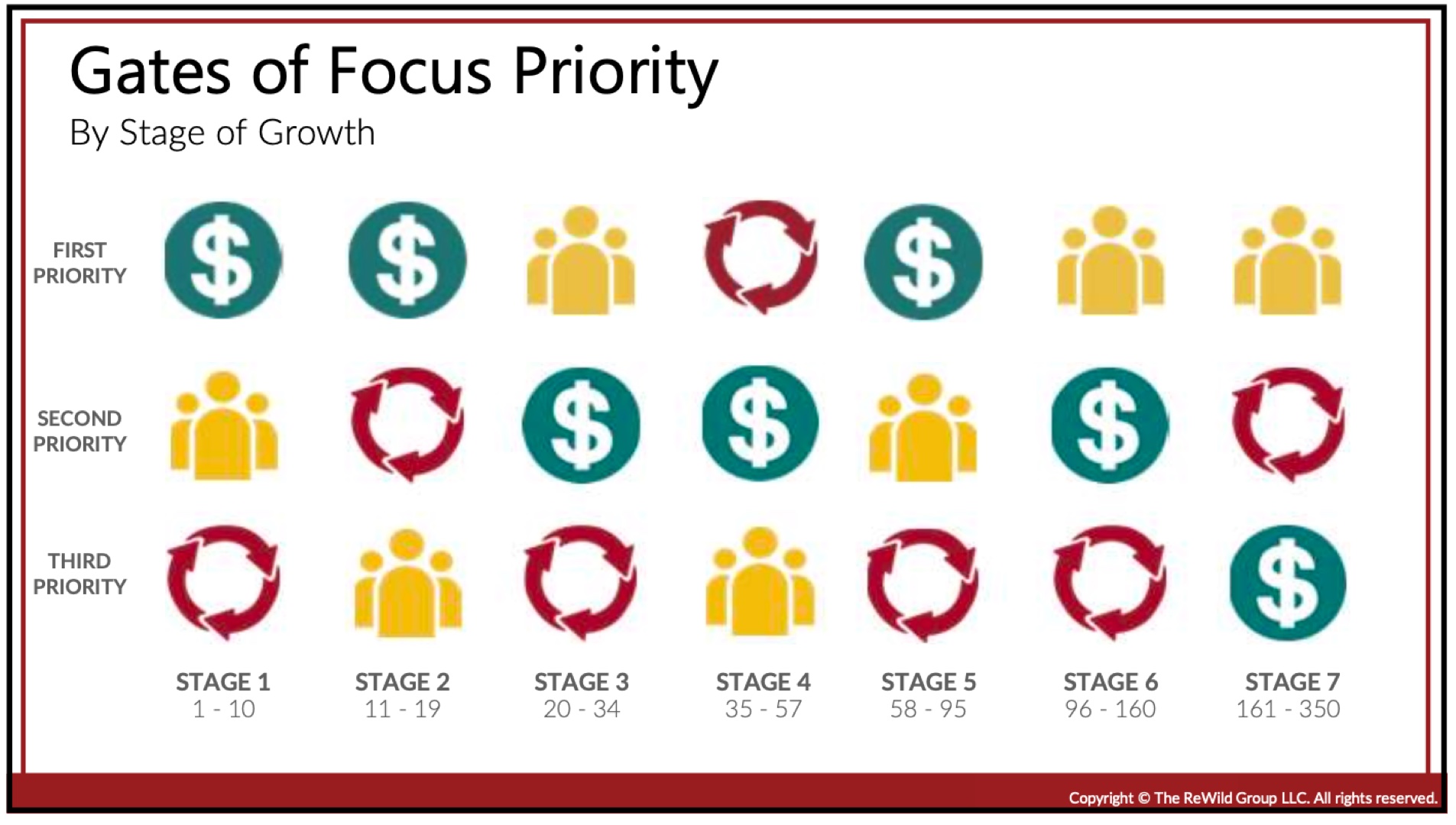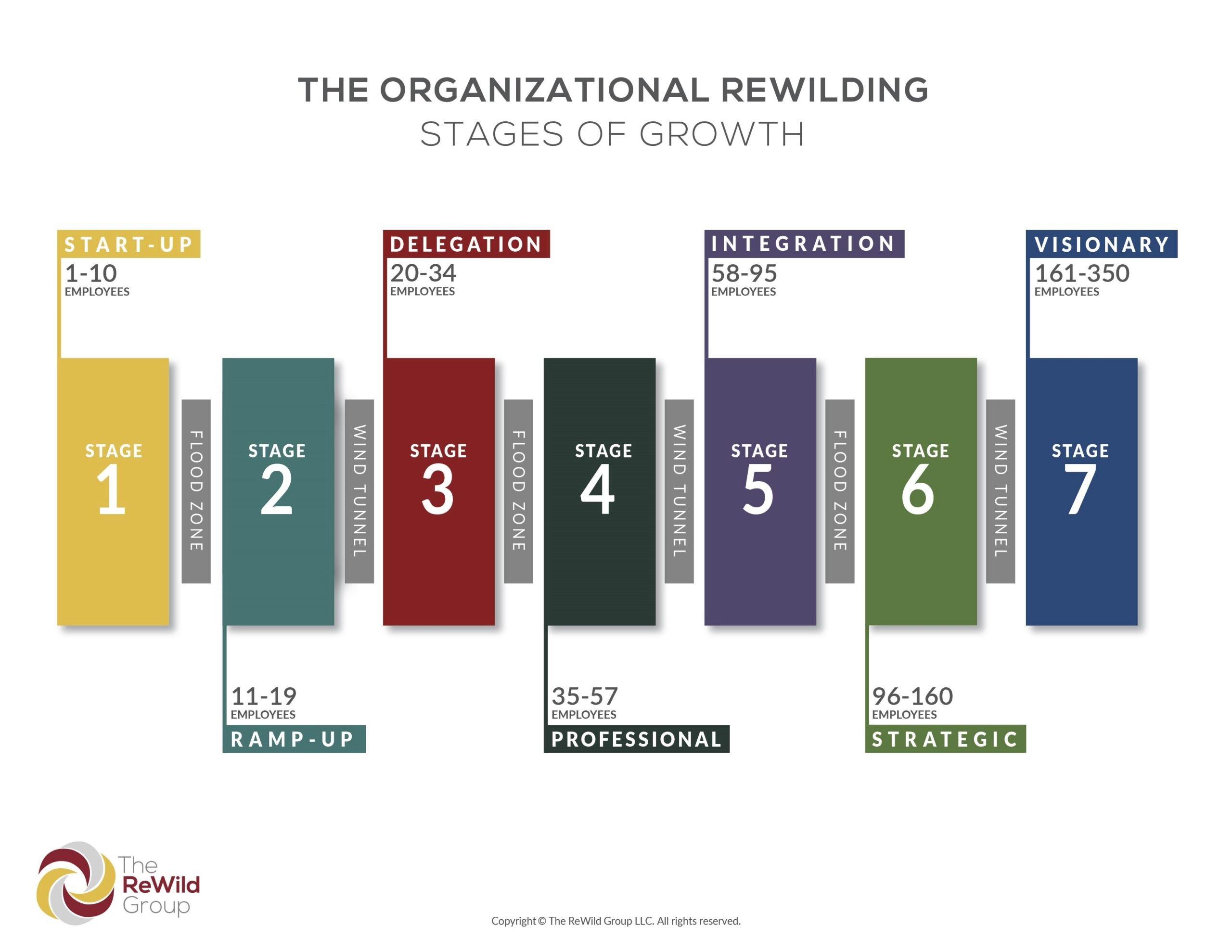Why do we care what manufacturing is? We care because it is a major contributor to the wealth, health, and prosperity of people and nations. As shown in the chart from the Federal Reserve Economic Data, manufacturing was a key indicator of the growth of the United States from the 1930s until the end of the 1970s. Since then, manufacturing jobs have decreased through movement elsewhere, replacement through productivity improvements, and other changes in economics, regulations, technology.

As with any statistic, it is important to understand the numbers and determine if you are measuring the right things in the right way. If the end goal is “wealth, health, and prosperity†then measuring the number of menial labor jobs in manufacturing is likely not the right measure. I have personally been involved in the use of automation in the factory to improve quality, reduce accidents, and decrease labor costs. Manufacturing robots to manufacture other things and use Industry 4.0 Internet of Things (IoT) to track everything takes people who produce software and service the computers and information networks. Unfortunately, those jobs don’t count as manufacturing. Yet, a manufacturer that has employees devoted to helping with installation and fixing their products has those jobs classified as manufacturing jobs. If they outsource those jobs to another company, those jobs are now service jobs. Hmm. Do we have the right measure?
I learned that a 3-sector model was developed a hundred years ago. Here is a brief description and a reference. https://en.wikipedia.org/wiki/Three-sector_model
- Primary is raw material extraction
- Secondary is manufacturing
- Tertiary is service to facilitate transport, distribution, sales
Does it apply today? Did it ever? I have suggested that many service businesses can be thought of as manufacturing businesses because they take in something akin to raw materials, process them in some way to change them, and then send them out the door. In simplistic terms, manufacturing is
Input —> PROCESS —> Output
I see a restaurant as taking in food ingredients, processing them, serving them to customers, then those ingredients walk out the door. Could this be a manufacturing operation. I found an article that suggests something similar. Restaurants Are the New Factories https://www.theatlantic.com/business/archive/2017/08/restaurant-jobs-boom/536244/
That all begs me to look at some definitions:
- Manufacturing
the making of articles on a large scale using machinery; industrial production. “even in manufacturing they no longer dominate†Oxford Dictionary
- Industrial
economic activity concerned with the processing of raw materials and manufacture of goods in factories. Oxford Dictionary
- Factory
a building or group of buildings where goods are manufactured or assembled chiefly by machine. “a clothing factoryâ€
Some key words from these definitions are:
- Large scale
- Machinery
- Industrial
- Processing
- Raw materials
- Factories
Talking with some banking friends, I learned the term “traded sector†which is different than the sectors in the Three Sector Model above. It’s intended to measure the value of jobs for a state or nation by looking at what I would call exports. It’s not enough to manufacture or produce for the local community, it must move across state lines. Hmm. Do we have the right measure?
“Most commonly, the tradable sector consists largely of sectors of the manufacturing industry, while the non-tradable sector consists of locally-rendered services, including health, education, retail and construction.â€
“Traded sector businesses are those that sell their output in competition with businesses in other states or nations. Local businesses, as the name implies, sell their goods and services primarily or exclusively in a local market. By definition, local businesses tend to be sheltered from competition from other places.â€
“An assembly line is a manufacturing process in which interchangeable parts are added to a product in a sequential manner to create an end product. … The workers and machinery used to produce the item are stationary along the line and the product moves through the cycle, from start to finish.â€
No matter how you might measure it and what you might measure, manufacturing is vital to the wealth, health, and prosperity of individuals, communities, states, and nations. Let’s do all we can to increase manufacturing in all its possible definitions and measures.




